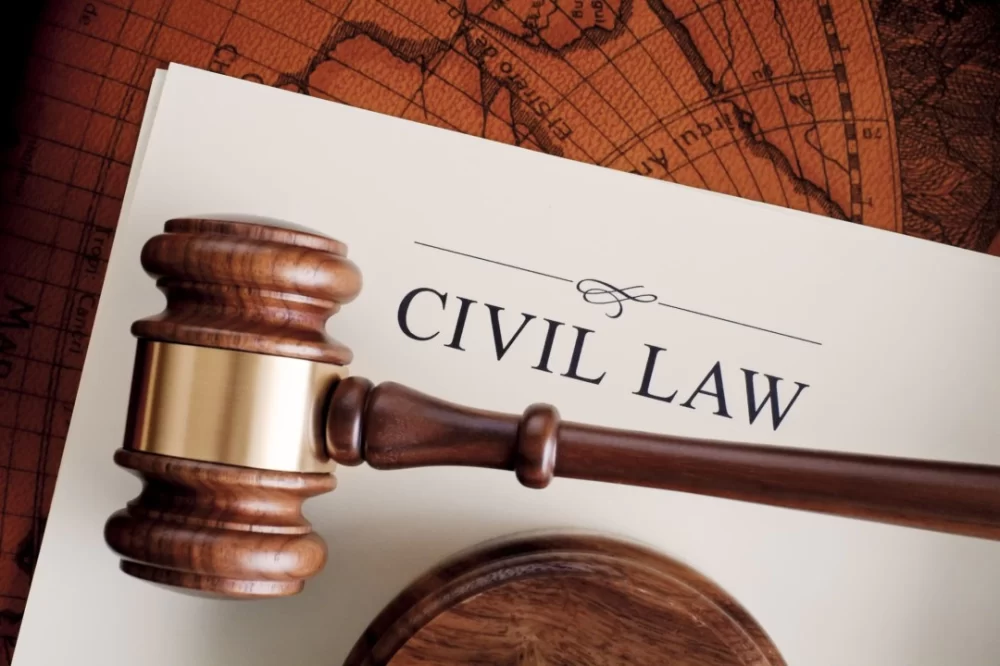- what-is-the-property-dispute-lawsuit-process - Understanding the Property Dispute Lawsuit Process
- preparing-to-file-a-civil-lawsuit-for-property - Preparing to File a Civil Lawsuit for Property Disputes
- detailed-steps-in-the-property-dispute-lawsuit-process - Detailed Steps in the Property Dispute Lawsuit Process
- real-case-examples-and-lessons-learned - Real Case Examples and Lessons Learned
- professional-tips-for-navigating-property-litigation - Professional Tips for Navigating Property Litigation
- choose-the-right-legal-support-for-property-disputes - Choose the Right Legal Support for Property Disputes
1. Understanding the Property Dispute Lawsuit Process
Property disputes can arise in many different forms—conflicts between neighbors over boundary lines, disagreements among family members about inheritance, or even issues with real estate contracts. When negotiations or informal resolutions fail, many turn to the civil lawsuit process as a formal way to protect their property rights. Understanding the property dispute lawsuit process is essential, as it can often feel overwhelming and complicated for those unfamiliar with the legal system. This process is designed to bring clarity and justice, ensuring that everyone’s rights are fairly considered.
At its core, the property dispute lawsuit process is a structured way to resolve conflicts over real estate or land ownership through the courts. This legal pathway allows for a clear, documented procedure where both sides can present their case, supported by evidence and legal argument. While the process can seem intimidating, with the right preparation and knowledge, it can be a powerful tool to protect your interests.
2. Preparing to File a Civil Lawsuit for Property Disputes
Before filing a civil lawsuit for property, it’s critical to gather all relevant documentation and evidence. This includes property deeds, contracts, emails, photographs, and any records of communication between the parties involved. Proper preparation not only strengthens your case but also helps to clarify the main issues in dispute.
2.1 Identifying the Core Issues
Start by clearly identifying what the property dispute is about. Are you contesting a boundary, disputing ownership, or seeking to enforce a contract? Pinpointing the main legal issue sets the stage for effective litigation. For instance, in cases of property boundary disputes, a recent survey or expert assessment can be crucial evidence.
2.2 Attempting Alternative Dispute Resolution
Many courts encourage or even require parties to try alternative dispute resolution (ADR), such as mediation, before moving forward with a lawsuit. ADR can save time and money and sometimes results in a win-win outcome. However, if these methods fail, being prepared to proceed with a civil lawsuit is essential.
If you’re unsure about whether you have a strong case, or what evidence you might need, it’s wise to seek early legal advice. Many people find that consulting a professional, like those at Fred Miller Lawyer, helps them gain the clarity needed to move forward with confidence.
3. Detailed Steps in the Property Dispute Lawsuit Process
3.1 Filing the Complaint
The first formal step in the property dispute lawsuit process is filing a complaint with the appropriate court. This document sets out your claims, the facts of the dispute, and the relief you’re seeking. It’s vital to ensure your complaint is thorough and clearly articulates the grounds of your case.
3.2 Service of Process and Response
Once filed, the complaint must be “served” to the other party, officially notifying them of the lawsuit. The defendant then has a set period to file a response or answer. This back-and-forth is where the parties start to lay out their positions in more detail.
3.3 Discovery and Evidence Gathering
Discovery is a key phase in any property dispute lawsuit. Both sides exchange documents, request information, and may even take depositions. This stage helps uncover the facts and often leads to settlements, as the strength (or weakness) of each side’s position becomes clearer.
3.4 Pre-Trial Motions and Settlement Discussions
Sometimes, the case can be resolved through pre-trial motions or further negotiation, avoiding a full trial. Judges may encourage both sides to settle, and it’s common for property disputes to reach an agreement at this stage, especially when the risks and costs of trial are considered.
3.5 Trial and Judgment
If settlement cannot be reached, the case proceeds to trial. Both parties present their evidence and arguments, and a judge or jury makes the final decision. The court’s judgment will resolve the property dispute, often leading to a legally binding order or changes in property records.
3.6 Post-Trial Actions
After judgment, either party can appeal if they believe a legal error was made. Additionally, enforcing the judgment—such as changing deeds or removing encroachments—may require further legal steps.
4. Real Case Examples and Lessons Learned
Property litigation is more common than many people realize. Consider the recent news story of a homeowner who discovered that a neighbor had built a fence several feet onto their property. Despite multiple attempts to resolve the matter informally, both parties ended up in court. The court relied heavily on property surveys and expert testimony before ultimately ordering the fence to be removed and clarifying the legal boundary.
In another case, siblings inherited a family home, but disagreements about selling or keeping the property led to a civil lawsuit for property partition. The court’s careful review of each party’s rights and intentions helped craft a fair outcome, demonstrating that the civil lawsuit process for property disputes can provide both structure and resolution to emotionally charged situations.
These examples highlight the importance of preparation, evidence, and understanding the legal process. Every property dispute case is unique, and even seemingly minor details can have a big impact on the outcome.
5. Professional Tips for Navigating Property Litigation
5.1 Stay Organized and Document Everything
Organization is your best friend during any property dispute lawsuit process. Keep thorough records, document every conversation, and save copies of all paperwork. This level of detail can be a game-changer if the dispute escalates.
5.2 Know When to Seek Expert Help
Some cases may require property appraisers, surveyors, or other experts to provide technical information that strengthens your position. Legal professionals experienced in property dispute cases, such as those at Fred Miller Lawyer, can help coordinate these resources and ensure your interests are fully represented.
5.3 Evaluate Settlement Offers Carefully
Not every property litigation case needs to go to trial. Weigh the costs, time, and emotional energy involved in continued litigation against the value of any settlement offers. Sometimes, an early resolution is in everyone’s best interest.
6. Choose the Right Legal Support for Property Disputes
Property dispute lawsuit processes can be daunting, but you don’t have to navigate them alone. The legal landscape is full of complexities, and the right guidance can make all the difference. For those facing challenging property litigation or seeking to file a civil lawsuit for property, working with professionals who truly understand the process is crucial.
If you’re looking for reliable advice, clear communication, and a personalized approach, Fred Miller Lawyer is a trusted choice for property dispute cases. Their team brings real-world experience and a client-centered mindset, helping you feel confident every step of the way. When it comes to protecting your property and securing your rights, professional support is not just an option—it’s your best investment.


 immigration lawyers in colorado springs
immigration lawyers in colorado springs 230 s broad st philadelphia pa 19102
230 s broad st philadelphia pa 19102 maduegbuna-cooper-llp
maduegbuna-cooper-llp alexander j segal
alexander j segal morgan legal
morgan legal liana stepanyan
liana stepanyan